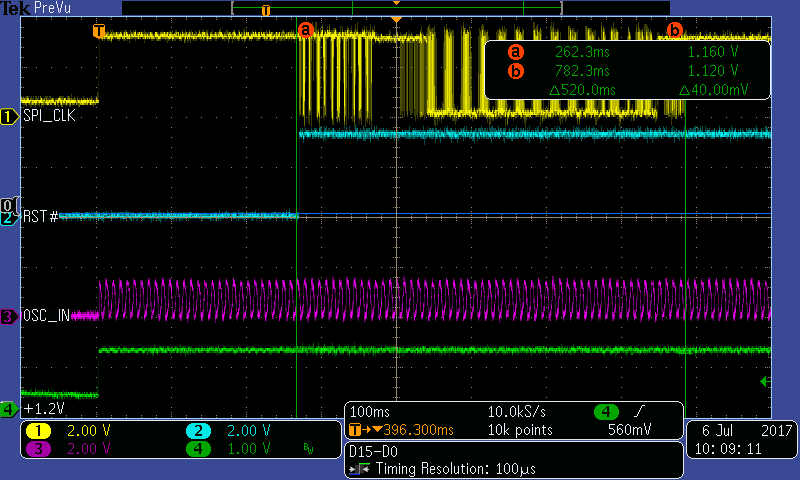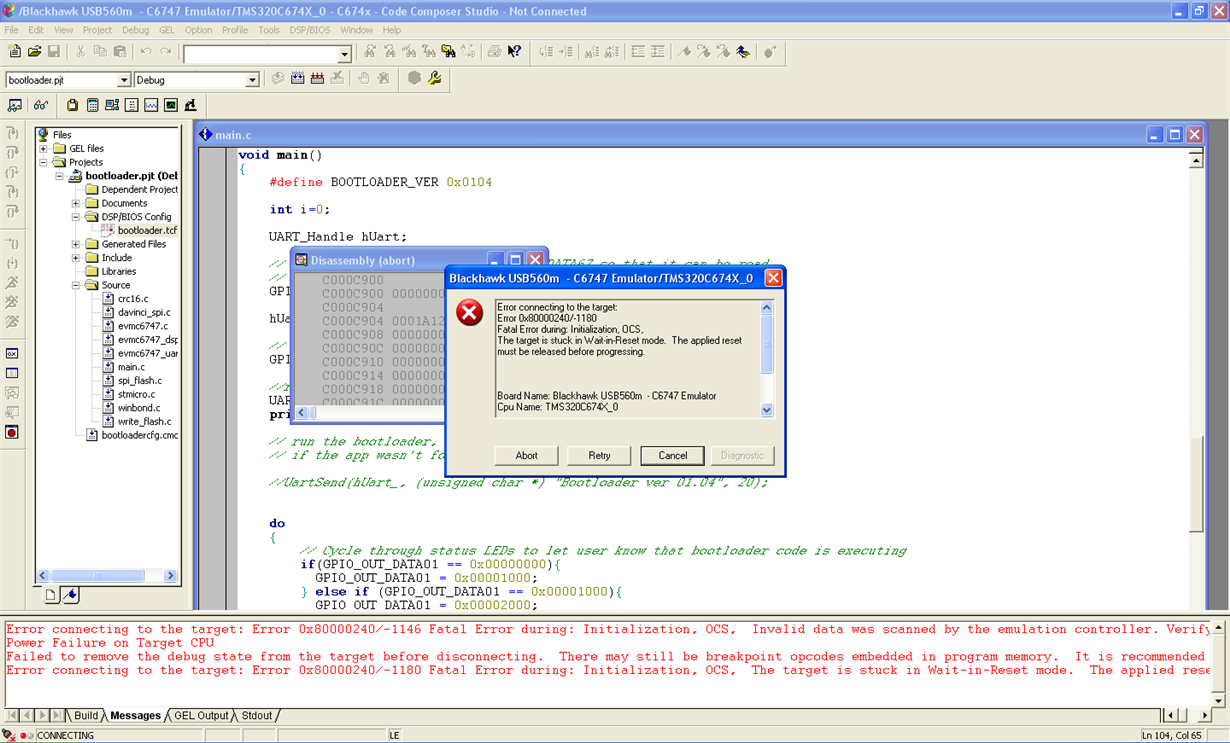Hello,
We have been using a 24 MHZ external crystal in conjunction with the internal oscillator for the TM320C6747,
We have noticed that in various instances, a board that fails to start up may work if we replace the TM320C6747 whilst keeping everything the same. Thus, what are some issues that have been reported regarding external crystals specifically using the TM320C6747?
Thank you,
Jair





